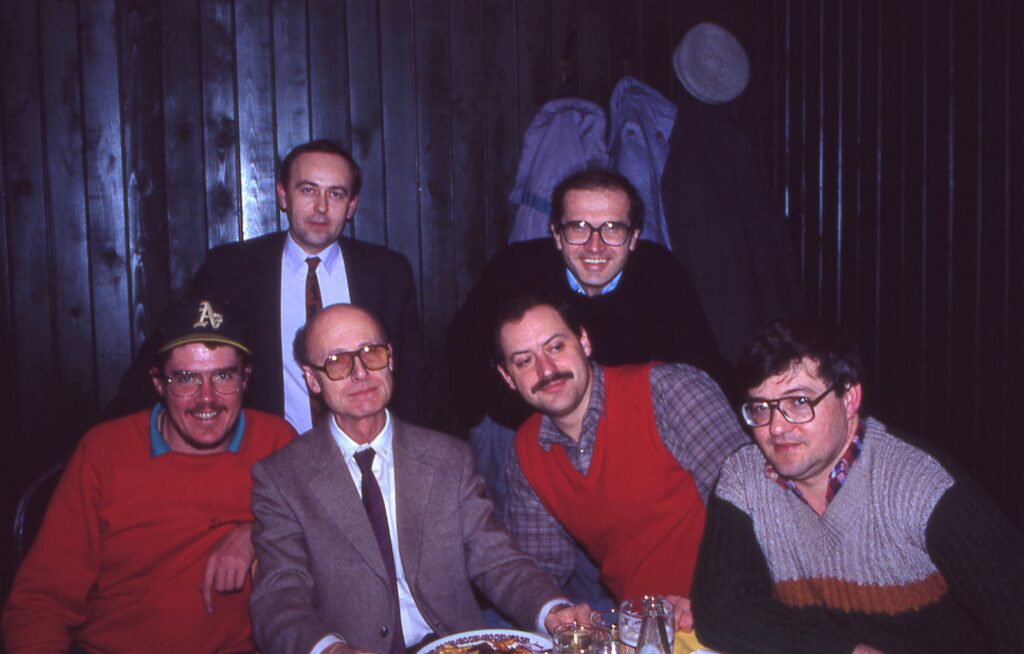
My family traces its lineage to the British Isles, Germany and Scandinavia, but to this very day I’m unclear as to whether the post-pagan Christian preferences of my ancestors ran toward Catholic or Protestant churches.
Given that my grandmother’s maiden name was Marx, there may have been a few Jewish branches on the family tree, too, and even if gentile, these might explain my political orientation as a European-style social democrat marooned in America, where you can indulge in any flavor of politics you like so long as it slots into one of two major parties.
I’d like to think a few non-believers just like me slipped their iconoclastic genes into the family mix. If so, they probably remained sensibly quiet about it, thus surviving to tell the tale.
It is possible that some of my ancestors may have been among the German Catholic immigrants to America who formerly celebrated December 6, St. Nicholas Day, as the day for giving gifts.
Without a religious upbringing to speak of (neither parent regarded the topic as relevant, for which I’m eternally thankful), St. Nicholas Day made no impression on me whatever until December 6, 1991.
At this time I was posing as a teacher of conversational English at the university hospital in Košice, Slovakia, which comprised the eastern half of Czechoslovakia (since 1993, Slovakia has been an independent nation). It was my first holiday season spent abroad, and a compelling experience in spite of my non-religious comportment.
Here’s something I wrote at the time, lightly edited but otherwise unchanged.
—
A Christmas Dispatch from Slovakia ‑ December, 1991.
There’s a good chance of a “White Christmas” in Slovakia.
The winter’s first snow has come and gone, and although we didn’t get very much, it was enough to add a cheerful hazard for pedestrians in the forms of sleds, multitudes of them, some of old‑fashioned wood construction, others of molded plastic.
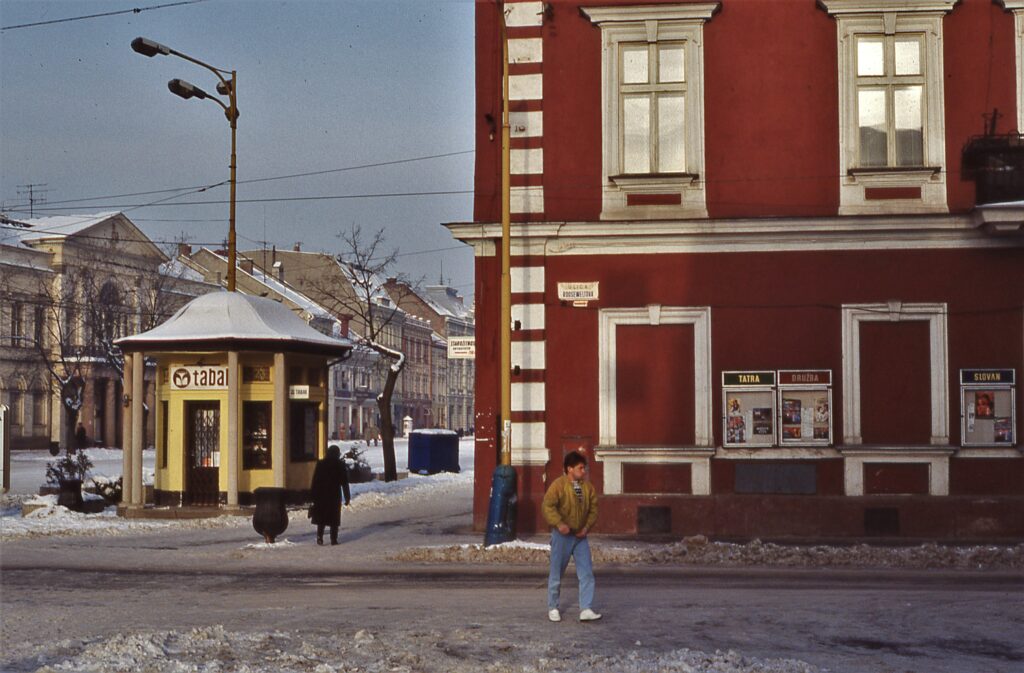
More sleds than I’ve ever seen have appeared as if by magic from closets and storage rooms, to be pulled by their brightly outfitted young owners and steered at breakneck speed down any and all available slopes, inhabited or otherwise.
They had been charging down the wide sidewalk that leads from Festival Square and ascends the low ridge to the hospital complex where I teach, and the snow on the walkway had been firmly packed into an icy surface that defied sure footing, and the reason I know all this is because I was trying to walk up the hill – and failing miserably.
You can’t blame the children for failing to understand (or to care about) the consequences of their fun. After all, children don’t have as far to fall.
It was a good day for a walk. The snow was fresh and powdery, and it crunched loudly beneath my boots. The white dusting on the cupolas and steeples of the old city brightened the sooty, aging facades. Even the look-alike gray rows of “rabbit hutch” block housing were softened by the white.
The sunshine was bright and surface temperatures no lower than freezing, but a sharp, gusting wind from the north kicked up miniature snow squalls and blew the clothes on the ubiquitous clotheslines into frozen, horizontal positions.
The chill made me think of Russia. The Soviet Union used to lie close to Košice, but now the line on the obsolete map is the border of the infant Ukrainian republic, and who knows the procedure for crossing that border?
Probably a bottle of Scotch and a smile.
The cold flowing into Košice from Siberia will be as near as I come to Russia on this trip, yet I can still see our fur‑clad, vodka‑wielding, erstwhile enemies waiting in line for brown bread.
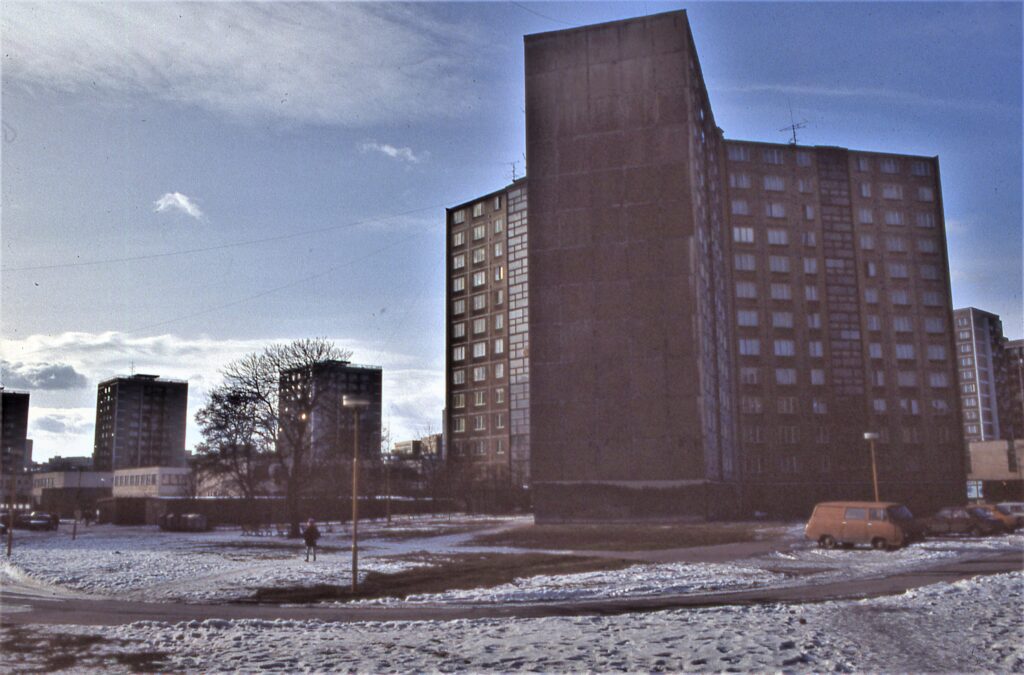
It makes me think of the Cold War’s cruel 40-year toll: Malnutrition, homelessness, environmental degradation, social upheaval, rampant violence, the decay of the family, impending economic catastrophe ‑‑ and these are just America’s spoils of “victory.”
In the former U.S.S.R., the situation is even worse.
But Christmas is coming, and somewhere in a valley near Košice, in the backyard of a quaint farm, a goose is getting fat.
Barrels are being inspected to gauge the progress of the cured cabbage that will form the base of the traditional holiday soup. A trip to a nearby town is being planned. There will be shopping for gifts and a visit to the fish market for pond-raised carp, another holiday staple ‑‑ or perhaps the delicacy will be vended from oversized blue plastic tubs, to be weighed and wrapped right on the street.
For an American, there’s an eerie quality to the Christmas season in Slovakia. For starters, decorations didn’t begin to appear until the first week of December; then again, what can you expect of such an unenlightened country where there’s no contrived holiday like Halloween to mark the beginning of the yuletide shopping season?
Only a few tasteful, understated window displays are to be seen in the stores, and high pressure, guilt‑laced sales tactics aren’t in evidence at all. Slovakia obviously has much to learn about economics before its people can begin to see the wisdom of centering all hopes on wild overspending at Christmas in order to keep the economy afloat.
In Slovakia, Santa Claus makes his rounds on the eve of St. Nicholas Day (December 6). Children scrub and polish their shoes and place them on the windowsill to be filled with candy and chocolate, but only if they’ve been good.
If not, they’re supposed to receive a bundle of twigs bound together and intended for use to swat their you‑know‑what. On Christmas Eve, rumor has it that gifts are not delivered by Santa, but by Jesus himself.
The savior’s suggested involvement would have been whispered softly in Communist times, when the secular regime attempted to persuade the populace that a chap named Grandfather Frost brought the goodies, presumably on behalf of the benevolent party leadership.
There are Christmas trees and caroling in the streets by children, one of whom might carry a representation of the manger, and maybe the singers will be rewarded for their efforts with fruit and cookies.
In short, despite tight economic times and a full list of daunting problems to be solved, the holiday season in Košice is proceeding according to schedule and tradition. I’ve been given a bottle of homemade peach brandy for St. Nicholas Day; the doctor who distilled it (!) instructed me to make a Christmas Eve toast to peace, health and a good harvest.
On a cold day, with steaming sauerkraut soup and carp filets just around the corner, the toast strikes me as a true and noble thought.
(end 1991 dispatch)
—
Yes, it’s true: More than 1,000 words toward the completion of a “beer column,” without once mentioning beer. Verily, I live for moments like these.
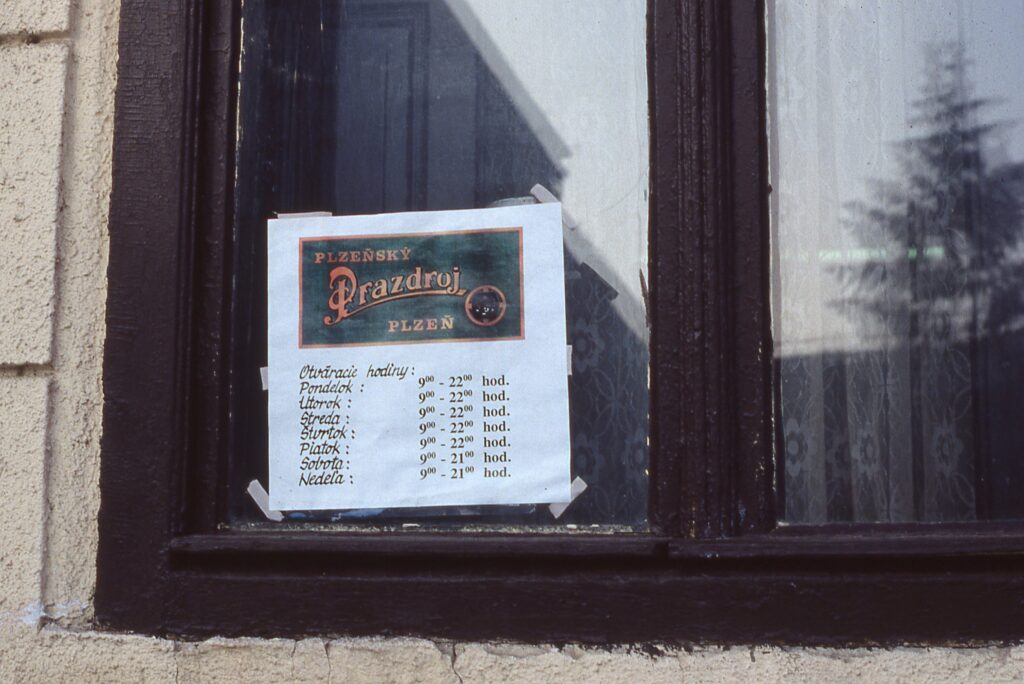
Trust me, supplies of beer were ample in Košice during my stay, including the products of its last surviving (and at the time palpably tottering) municipal brewery of the Communist period, which dated to 1857. It brewed a lager called Cassovar, which had the primary virtue of an affordable price point.
Gone since 1998, the Cassovar brewery complex subsequently was repurposed into a mixed-use housing and commercial development, as with numerous other urban European breweries of the older generation. Even breweries remaining in operation these days can seldom justify eschewing the far higher return from investing in its prime downtown real estate, this being acreage enhanced immeasurably in value when used for just about any activity except brewing.
Of course Košice now boasts all the accoutrements of a contemporary, Instagrammable (how I detest that word) craft brewing culture, with “micro” breweries, designer beer bars and burger emporiums aplenty. Fringe fest has become mainstream in ways no one could have imagined in 1991, least of all me, whether in Slovakia, New Albany or Beijing.
I drank quite a lot of beer while living in Košice, and yet the options for procuring a long, cool one weren’t great in number. It was an almost sobering period of transition for Slovaks, and very few locals were in a position financially to become entrepreneurial. Communism forcibly seized 95% or more of the country’s economic system, and the process had to be reversed.
How hard? How fast? How big a safety net? These were the existential questions forming a backdrop to my stay.
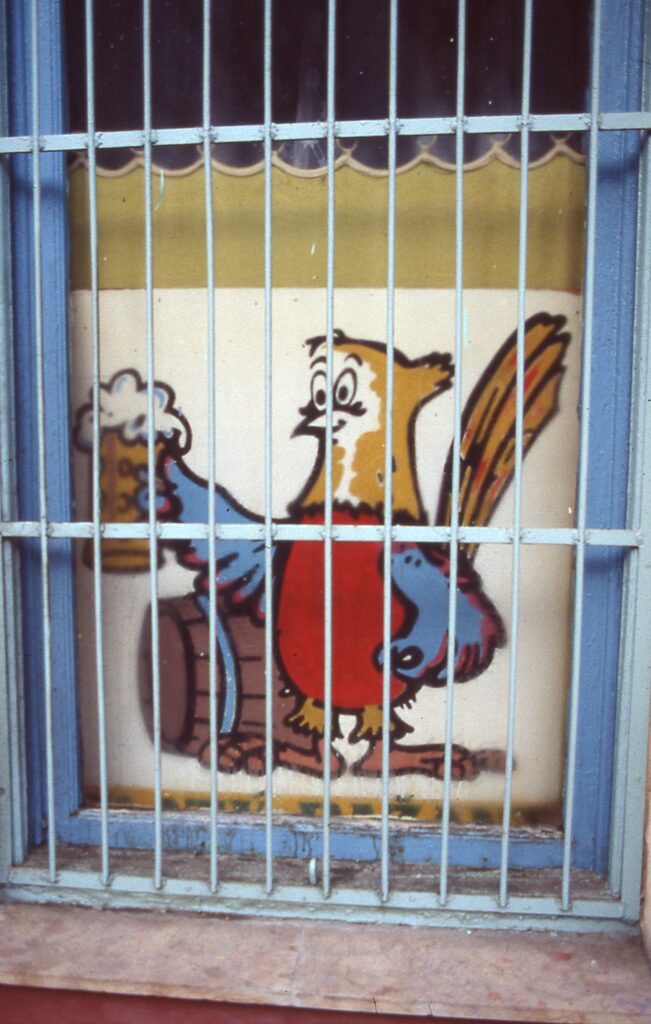
State-owned restaurants plodded ahead, waiting for inevitable change to come. Some of them had reliable draft beer, a Pilsner Urquell here, a Zlatý Bažant there, Velkopopovický Kozel somewhere else. Other, not so much. Gradually I learned who poured which beers capably. The beers invariably were above average golden lagers, although now and then a dark lager would pop up.
There were a few taverns, and one might always join the commuters and hangers-on at the boisterous kiosk in front of the train station, where bottles of regional beer consumed while standing erect in the open air generally accompanied greasy sausages of indeterminate origin, at least for those regulars not favoring a purely liquid diet.
A few weeks after I arrived in Košice a new privately-owned grocery opened a block away from my residence, and it was my choice for beer and simple foodstuffs. The grocery stocked packages of imported Malaysian ramen noodles, pricy at 50-cents a packet, but spicy and well suited for a bottle of Budvar.
My floor had a rudimentary kitchen for cooking light fare, and during the working week the terms of my contract, which paid me as much as a beginning doctor would make (around $100 a month), included a hearty three-course meal at midday courtesy of the hospital commissary.
To quote Warren Zevon, Slovakia in 1991 represented pre-internet “splendid isolation,” with a handful of embryonic satellite television stations, print newspapers (in English, available only at the city’s primary downtown hotel) and post offices for mailing letters. International phone calls could be made “collect,” which was a vast improvement over the recent past.
In the final analysis, beers in Košice in 1991 performed their traditional function in a stolid, timeless manner, accompanying food, quenching thirsts, and prompting intoxication. Most of these beers offered a joyfully high standard of everyday utility, as brewed by self-identified professionals and craftsmen, not fickle artists.
Today as I survey the hundreds of beers competing for consumer dollars in the metropolitan Louisville marketplace, my thoughts turn increasingly to the previous “lost” era, as during my Košice residency, when the approaching parameters of “beer appreciation” still weren’t visible, and revolutionaries like us professed far simpler goals.
I have no brilliant conclusions. Beer is a process, and the dialectic never ends. Religion means little to me, unless we’re speaking about the way barley, hops, water and yeast are combined by human hands to render beer. Then I become quite pious in my own contrarian way.
Happy holidaze!
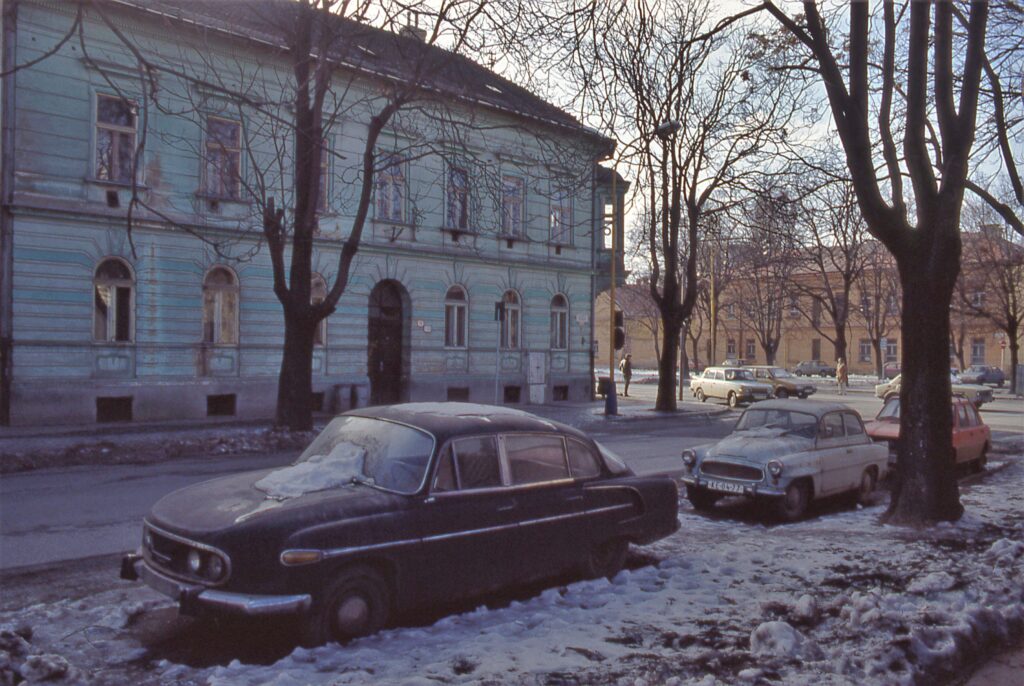


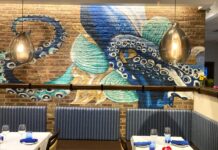
















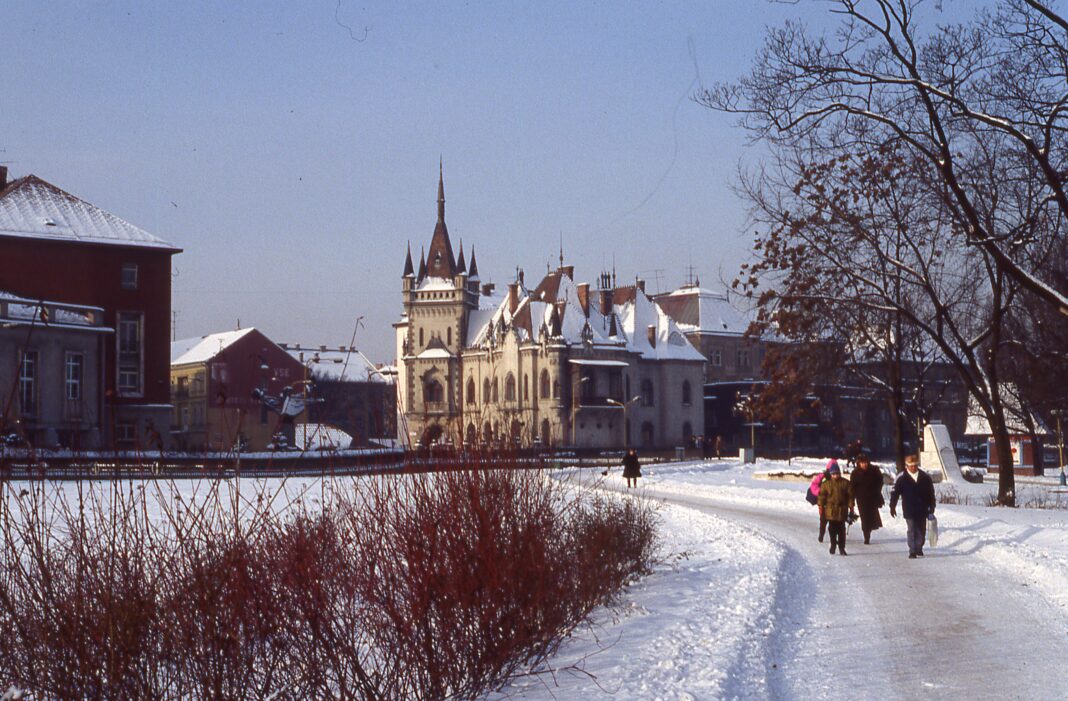
 Roger Baylor is an educator, entrepreneur and innovator with 40 years of hands-on experience and expertise as a beer seller, restaurateur and commentator. As the co-founder of New Albany’s Sportstime Pizza/Rich O’s Public House (which later became New Albanian Brewing Company) in the 1990s and early 2000s, Baylor played a seminal role in Louisville’s craft beer renaissance. Currently he is the beer director at Pints&union in New Albany and Common Haus Hall in Jeffersonville. Baylor’s “Hip Hops” columns on beer-related subjects have been a fixture in F&D since 2005, and he was named the magazine’s digital editor in 2019.
Roger Baylor is an educator, entrepreneur and innovator with 40 years of hands-on experience and expertise as a beer seller, restaurateur and commentator. As the co-founder of New Albany’s Sportstime Pizza/Rich O’s Public House (which later became New Albanian Brewing Company) in the 1990s and early 2000s, Baylor played a seminal role in Louisville’s craft beer renaissance. Currently he is the beer director at Pints&union in New Albany and Common Haus Hall in Jeffersonville. Baylor’s “Hip Hops” columns on beer-related subjects have been a fixture in F&D since 2005, and he was named the magazine’s digital editor in 2019.



